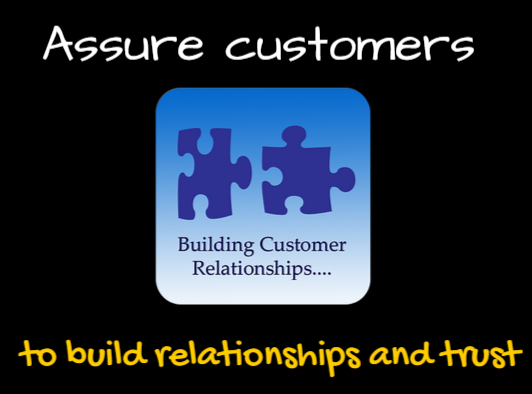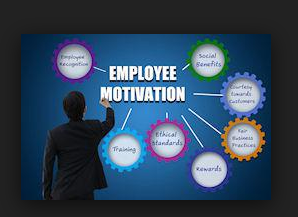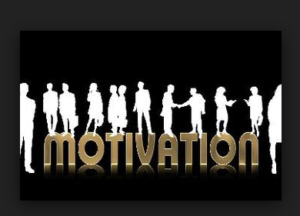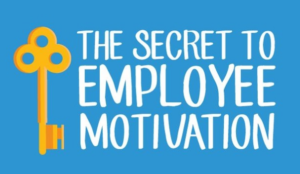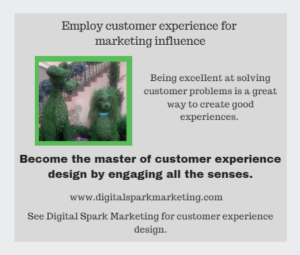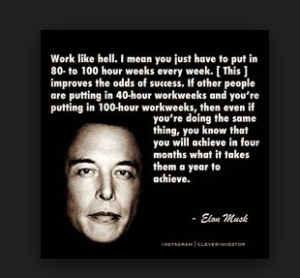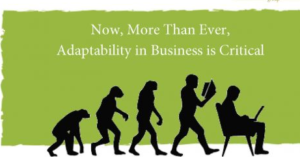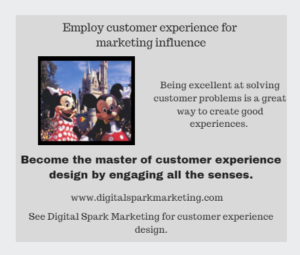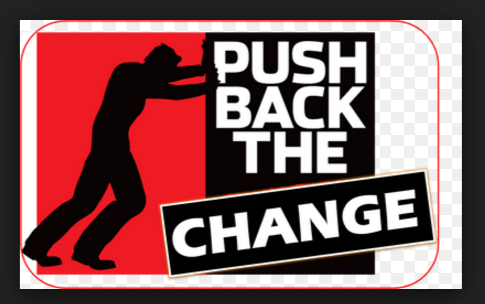We can truly understand and employ good customer retention only in contrast to other insights. Here are some tips to promote your customer thinking.
Not really. But understanding what influences customers to buy your products and services is certainly not straightforward. You need to put customer influence to work to fully appreciate why customers make the decisions they do. Explore, experiment, and do lots of testing to learn the most.
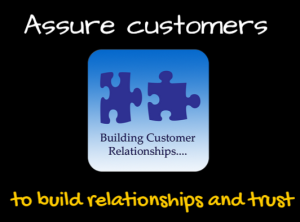
Check out our thoughts on customer focus.
How much time do you and your business dedicate to gathering customer insights and converting them into the best influencers? Not enough is the answer we hear most often. One way you can find useful insights is to examine research in social psychology.
A differentiated customer influencer is critical to business success. Companies that consistently provide the best ones are most often the most successful.
But there is a tremendous and ever-growing completion for these influencers, isn’t there? Often it seems almost a bridge too far. So we need to know the best ones that have been shown successfully.
See our article on the Deadly Mistakes that Destroy Employee Engagement
Here are 10 we have found to most appreciated by customers of our clients:
Client retention examples … time
Most people today suffer from too little time. Always and it is an increasingly important factor. Time is the one thing that even the richest customer doesn’t have enough of. So customers’ perceptions about your company’s customer experience are largely influenced by saving them time. Often the meaning correlates with convenience. This means you have to reduce the time it takes for them to:
Find you
Engage with you
Communicate their problem
For you to resolve that problem.
How well are you doing with these customer influencers?
Related post: Customer Loyalty …10 Ways to Gain, Build, and Retain It
Promote your customer thinking depends on employee expertise
Customers need to believe that your company’s employees are good at what they do. They must perceive that your staff is well-informed about products, services, policies, issues, and any other relevant subject matter.
So, to project their best knowledge to your customers, you have to make sure that they are fully empowered with information that’s accurate, complete, and up-to-date. And the ability and time to provide sound advice for the best influence.
Business Information: How to Completely Change Your Success Priorities

Promote your customer thinking … personalization
Customers don’t want to be treated like a number. They want to feel valued and understood. Their belief? That the money they spend with your company entitles them to such treatment.
The differentiation of the influence your company delivers will, therefore, be at least in part contingent on your ability to personalize your interactions with customers across all channels.
That means knowing their name, their previously expressed preferences, or the particulars of their current situation. Lots of small ways to create customer influence with personalization.
Business Information: How to Completely Change Your Success Priorities
Care
Customers like knowing that you care. Great service is the top reason customers keep giving their business to companies and the top reason they recommend those companies to others.
On the flipside, 80 percent of customers say that they have stopped doing business with a company because of a bad service experience.
More often than not, they will never do business with such a company ever again. For these reasons and others, it is critical to ensure that your company delivers influence with great service care. The care that results in great experiences that are remembered and talked about.
You can’t over prepare your customer influence if you want customers to select or stay with your company.
Remember, customers, create the most value for you … when you create the most value for them.
Customer experience influencers … listening
Success with social media and customer influence requires more listening and less talking. Read between the lines of your target audience’s responses to your influencers and join discussions to learn what’s important to them.
Only then can you create better influencers and spark conversations that add value rather than clutter in their lives.

Collaborate
As a business, you need to find customers who like to partner to help you with ideas and spread your messages.
The neat thing about collaborating is that by working with different groups of people, you potentially will introduce your story to a whole new audience of people who are not familiar with your work.
Timeliness as customer influencers
Nothing beats customer response timeliness in terms of the value of customer influencers. Timely responses to customers score big with your existing and potential customers.
Stay on top of your market and continually refine your ability to report on what is going on now.
Original thinking
Most consumers are searching for new ideas not rehash. They value original thinking highly. Offer it for great customer influence. Create well-conceived original themes and content.
Ask original thought-provoking questions that trump quantity any day.
It’s better to have 1,000 online connections who read and share with you and then talk about you with their own thoughts are better than 10,000 connections who disappear after connecting with you the first time.
Good customer retention … learn as you go
Don’t think you can execute ‘drive-by’ customer influencers that will succeed with your customers.
Plan and refine what you learn continuously. Use analytics and reliable tracking tools to know what is working best and follow these paths.
Related post: Employee Engagement Activities …13 Mistakes that Destroy Engagement
Employ customer influencers … accessibility
Don’t publish your customer influencers and then disappear. Be available to your audience. That means you need to consistently take action and participate in the resulting conversations.
Online customers won’t hesitate to replace you if you disappear for weeks or months.
Takeaways
This is your time to create and take action on customer insights from successful influencers. With good continuity and persistence, relevant insights will be helpful in developing lasting relationships with your customers.
Lead with initiative and own the moment. Dive in today and notice how much your business improvements grow.
Remember this simple fact. Stop interrupting what people are interested in and be what people are interested in. Let your content marketing success be your difference maker.
From maximizing quality to increasing your online entry points, abiding by these 10 laws will help build a foundation that will serve your customers, your brand and — perhaps most importantly — your bottom line.

